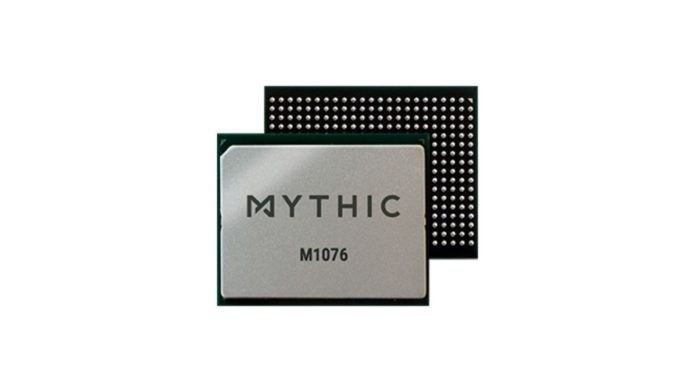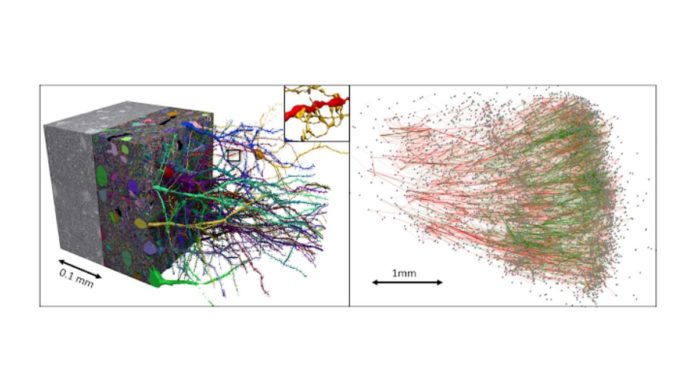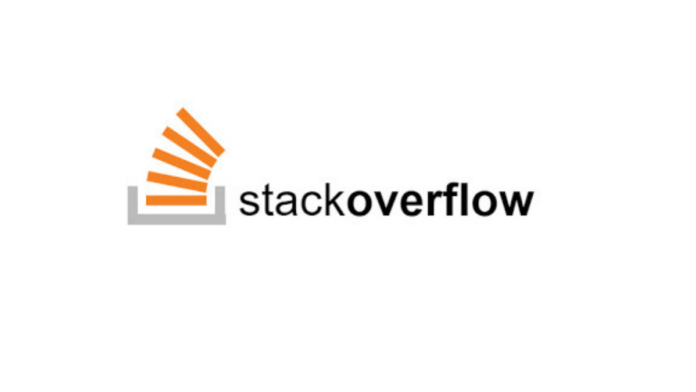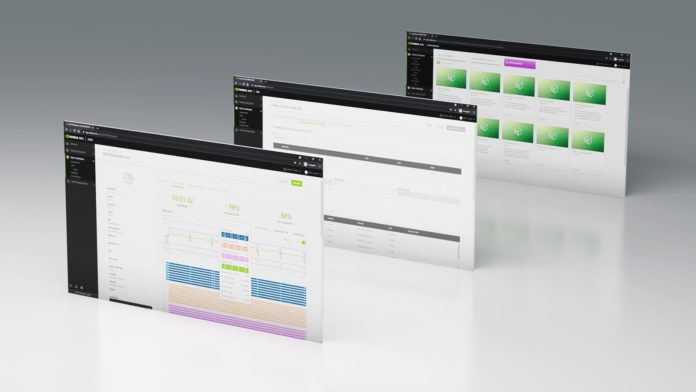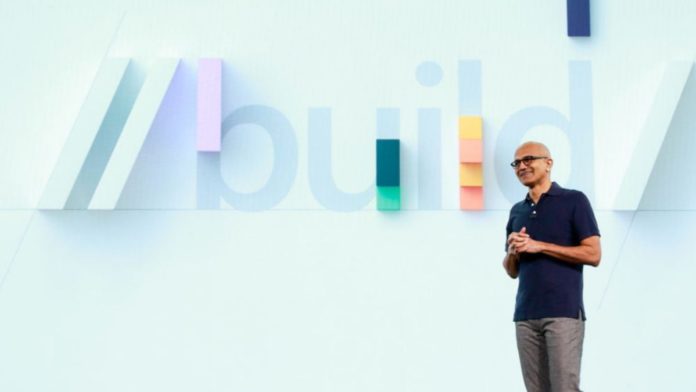ISRO will offer a free course — Machine Learning to Deep Learning: A journey for remote sensing data classification — from July 5 to July 9, 2021. As part of ISRO’s outreach program, ISRO and IIRS facilitate online learning under two modes of content delivery — EDUSAT and e-Learning mode.
The Indian Institute of Remote Sensing (IIRS), a research institute of remote sensing, which offers education and training in the field of Geoinformatics and GPS technology for natural resources and environmental and disaster management under the Indian Department of Space since 1966.
The Machine Learning to Deep Learning: A journey for remote sensing data classification is a short, 5-day course that would only require 1.5 hours every day till the end of the course. Over the five days, you will learn basic machine learning methods like supervised, unspecified, and reinforcement learning, application of machine learning in remote sensing, and network-based learning algorithms like ANN and CNN/RNN.
On completion of the course, a certificate of participation will be offered who attend 70% of the live sessions. After the course, the material will be provided by IIRS ftp link, and video lectures will be uploaded on its YouTube channel. However, people who attend the course sessions live on YouTube but will have to mark their attendance offline, which will be available after 24 hours, to get the certificate.
To register for the course, visit the e-learning platform of IIRS and can live class can be attended through this link. You can also check the course brochure here.



